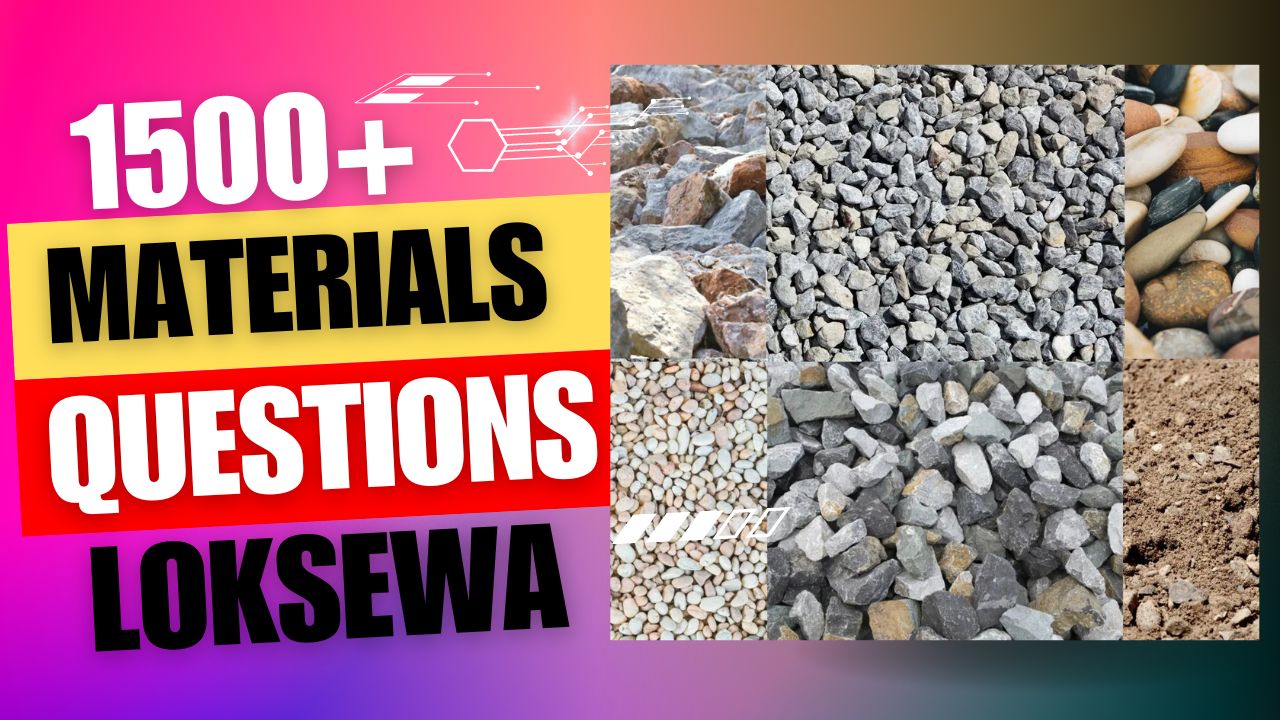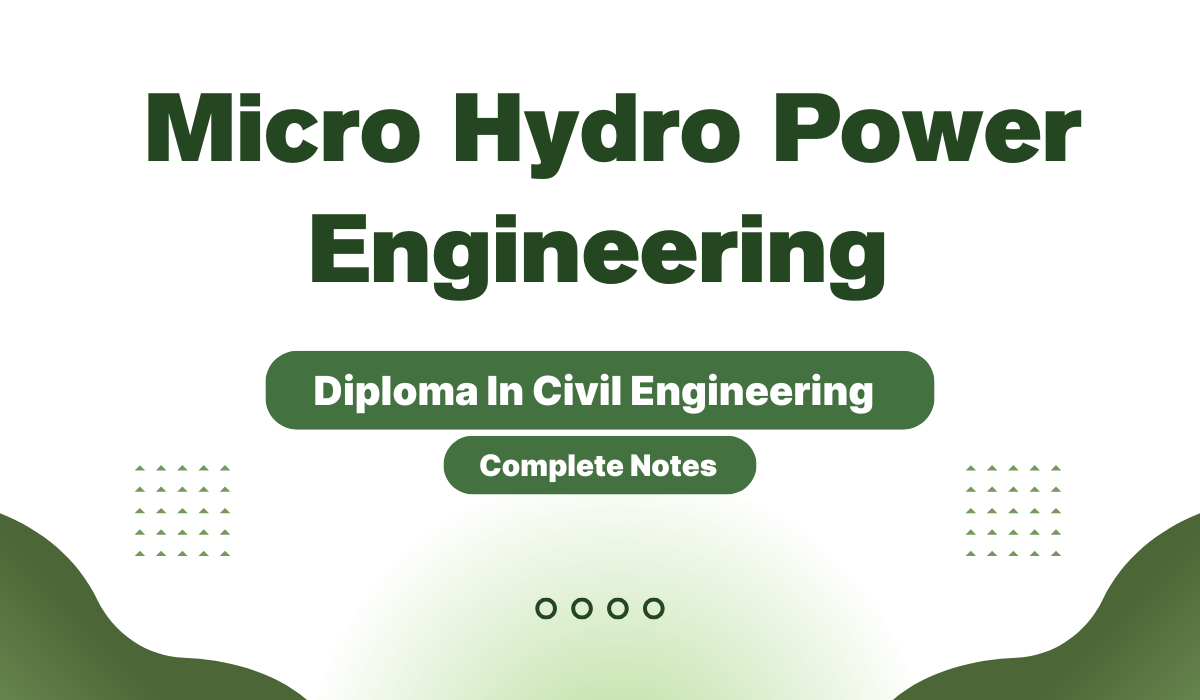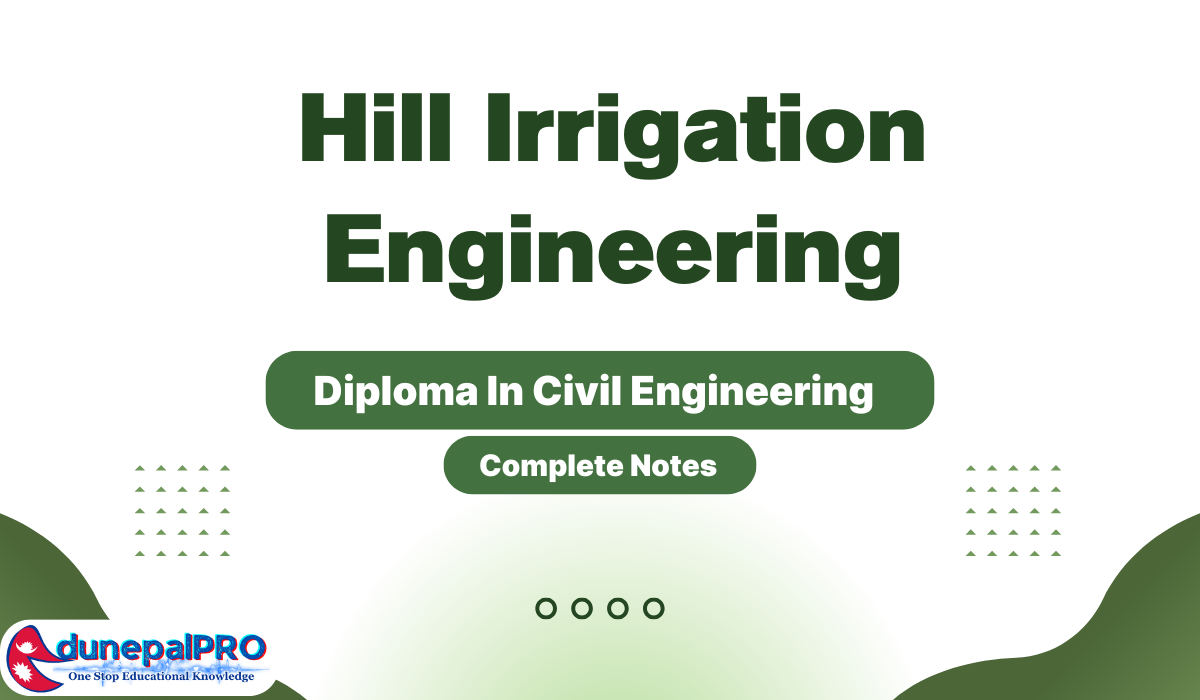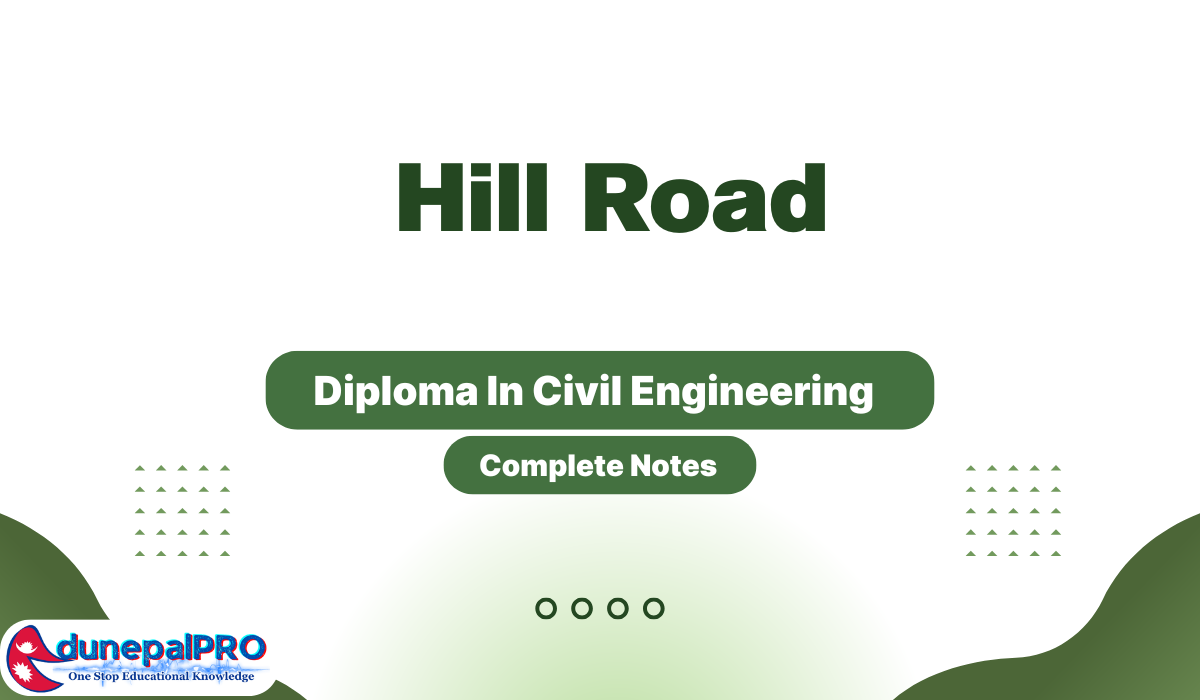21. Which test is used to determine the water absorption capacity of aggregates?
a) Specific gravity test
b) Los Angeles abrasion test
c) Aggregate impact value test
d) Water absorption test
View Answer
Correct answer: d) Water absorption test
Explanation: The water absorption test measures the amount of water absorbed by aggregates after soaking them in water for a specific duration, providing an indication of their porosity and potential effect on concrete properties.
22. Which of the following aggregates is NOT suitable for use in reinforced concrete?
a) Crushed granite
b) Recycled concrete
c) Lightweight expanded clay
d) Sea shells
View Answer
Correct answer: d) Sea shells
Explanation: Sea shells are not suitable for use in reinforced concrete due to their high organic content and potential for chemical reactions with cement, which can compromise the strength and durability of the concrete.
23. Which type of aggregate is commonly used for drainage applications?
a) Fine sand
b) Pea gravel
c) Crushed limestone
d) Lightweight expanded shale
View Answer
Correct answer: b) Pea gravel
Explanation: Pea gravel, with its rounded and smooth surface, is often used as an aggregate for drainage applications, as it allows water to flow freely while preventing soil or sediment clogging.
24. Which test is used to determine the particle shape and surface texture of aggregates?
a) Sieve analysis
b) Specific gravity test
c) Flakiness and elongation index test
d) Slump test
View Answer
Correct answer: c) Flakiness and elongation index test
Explanation: The flakiness and elongation index test is conducted to evaluate the shape and surface texture of aggregates, ensuring they meet the specified requirements for a particular application.
25. Which property of aggregates affects the workability of concrete and the strength of hardened concrete?
a) Specific gravity
b) Particle size distribution
c) Porosity
d) Alkalinity
View Answer
Correct answer: b) Particle size distribution
Explanation: The particle size distribution of aggregates influences the workability of fresh concrete and the strength of hardened concrete by affecting the packing density and interlocking of particles.
26. Which type of aggregate is commonly used as a fill material in construction?
a) Gravel
b) Sand
c) Crushed stone
d) Lightweight expanded clay
View Answer
Correct answer: a) Gravel
Explanation: Gravel, with its larger particle size, is often used as a fill material in construction to provide stability, drainage, and load-bearing capacity.
27. Which test is used to evaluate the resistance of aggregates to degradation?
a) Slump test
b) Specific gravity test
c) Los Angeles abrasion test
d) Sieve analysis
View Answer
Correct answer: c) Los Angeles abrasion test
Explanation: The Los Angeles abrasion test subjects aggregates to abrasion and impact in a rotating steel drum to assess their resistance to degradation, providing an indication of their durability.
28. Which type of aggregate is commonly used for plastering and rendering applications?
a) Crushed limestone
b) Natural sand
c) Lightweight expanded shale
d) Recycled concrete
View Answer
Correct answer: b) Natural sand
Explanation: Natural sand, with its fine particle size, is commonly used as an aggregate in plastering and rendering applications to achieve a smooth and even finish.
29. What is the purpose of blending different sizes of aggregates in concrete mixtures?
a) To improve workability
b) To enhance aesthetics
c) To reduce permeability
d) To increase compressive strength
View Answer
Correct answer: a) To improve workability
Explanation: Blending different sizes of aggregates in concrete mixtures helps to optimize the packing density, reduce voids, and improve workability by filling the gaps between larger particles with smaller particles.
30. Which test is used to determine the soundness of aggregates subjected to freezing and thawing cycles?
a) Specific gravity test
b) Aggregate crushing value test
c) Los Angeles abrasion test
d) Sodium sulfate soundness test
View Answer
Correct answer: d) Sodium sulfate soundness test
Explanation: The sodium sulfate soundness test is conducted to assess the soundness of aggregates by subjecting them to repeated cycles of immersion in a sodium sulfate solution and subsequent drying, simulating the effects of freezing and thawing.





